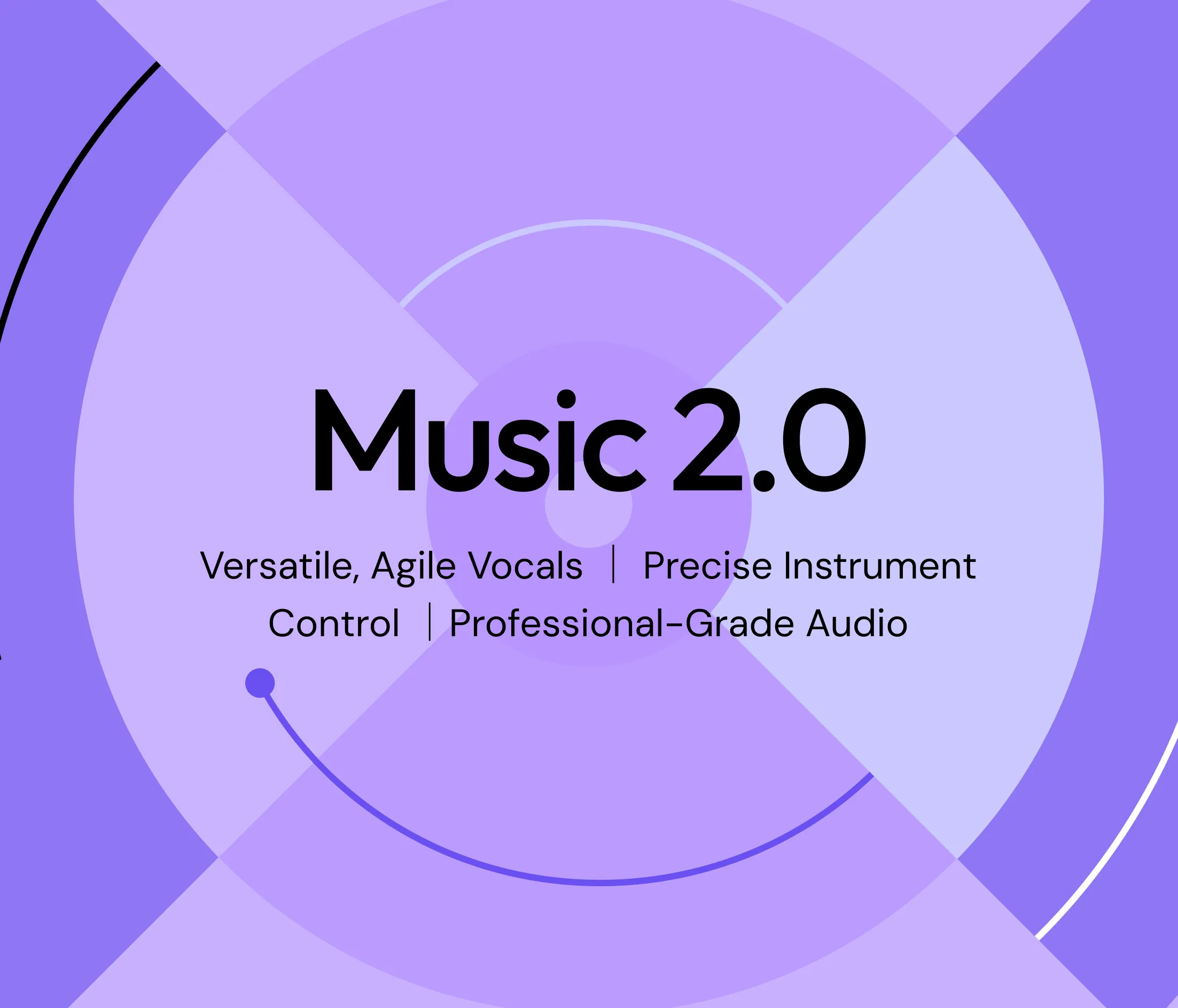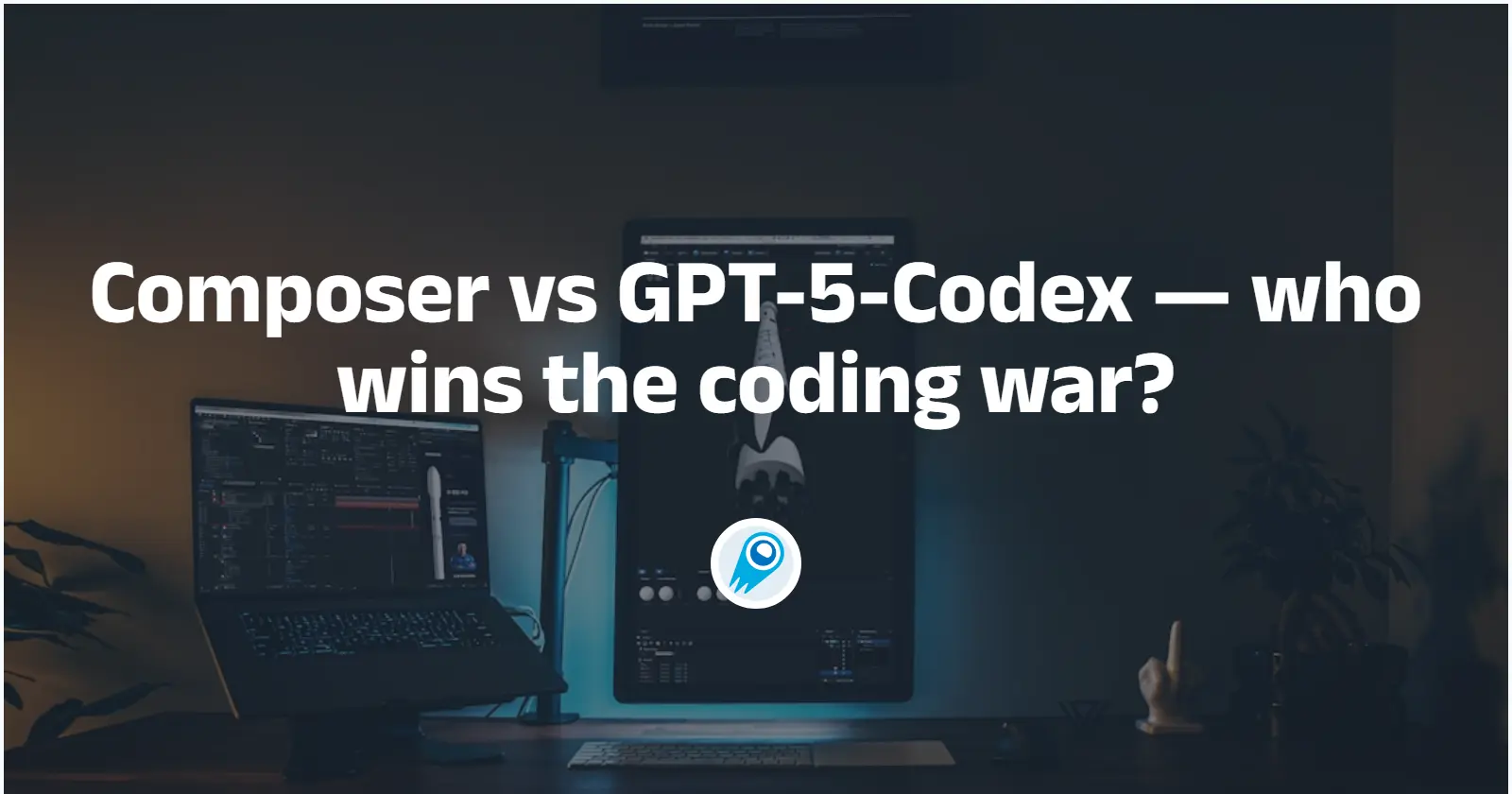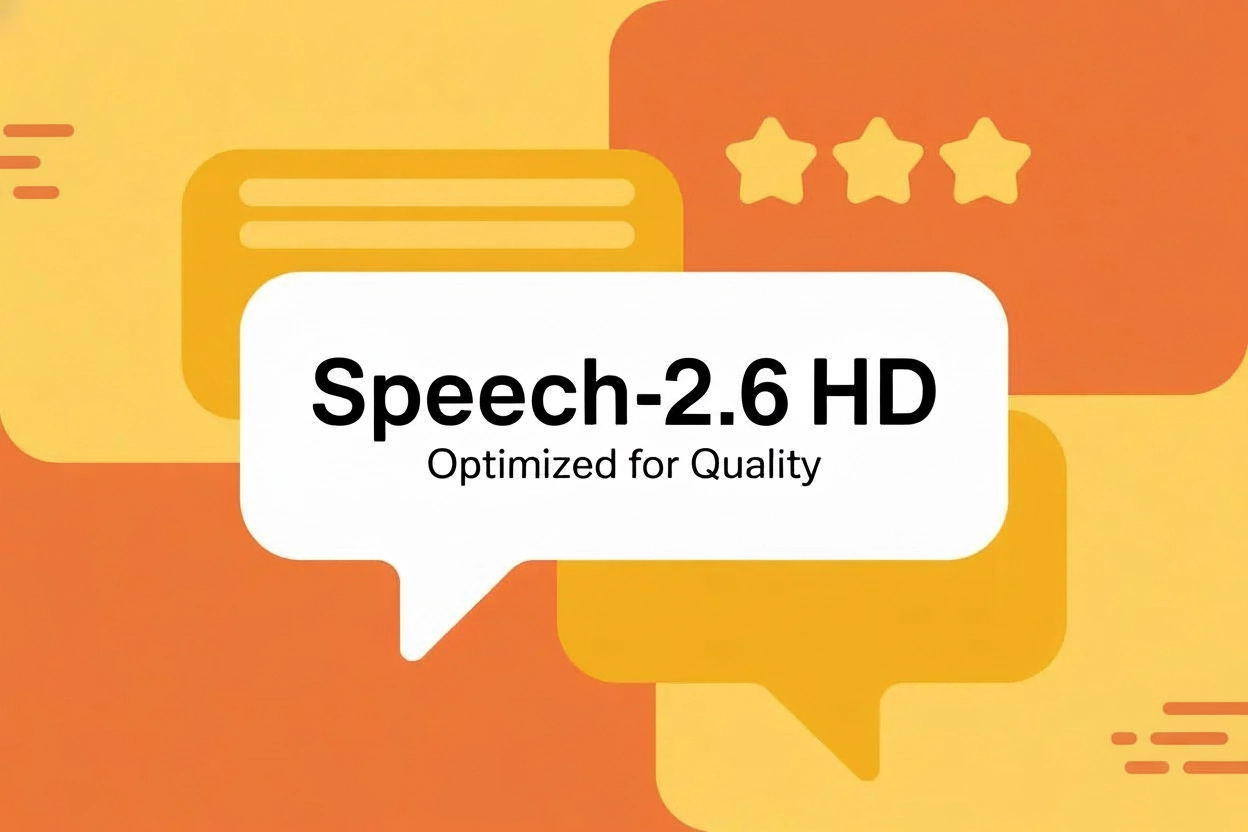Comet API Blog
The CometAPI Blog shares practical guides and updates on mainstream
AI models to help developers get started quickly and integrate them efficiently.
How Many Images Can You Upload To Deepseek
DeepSeek has rapidly emerged as a leading AI-powered visual search and analysis platform, enabling users to process and interpret images with remarkable speed and accuracy. As its popularity grows, so does the need to understand the practical limits and evolving capabilities of the service—particularly when it comes to uploading images for analysis. This article combines […]
How to Make ChatGPT Sound more human through Prompt
As AI systems like ChatGPT become integral to customer service, content creation, and personal assistance, users demand interactions that feel natural, empathetic, and personalized. Recent updates—such as ChatGPT’s “Custom Instructions” feature and enhancements to its Advanced Voice Mode—empower users to fine-tune the AI’s tone, style, and emotional expressiveness. Understanding these tools, alongside proven prompt-engineering techniques, […]
What Kind of Files does Claude Allow Me to Upload
Claude, Anthropic’s conversational AI, offers a rich set of file‑upload capabilities—both in its web interface and via its API—that let you work seamlessly with documents, images, datasets, code files and more. Understanding exactly what you can upload, how to manage those files, and how to integrate them into your workflows allows you to reduce repetitive […]
What is CometAPI and How to Use it immediately
CometAPI emerges as a unifying platform when Developers and businesses face mounting complexity when integrating and managing diverse AI models, offering a single gateway to over 500 AI models worldwide. By aggregating leading services—from large language models to cutting-edge multimodal systems—CometAPI streamlines development workflows, reduces costs, and accelerates time-to-market. This article delves into the fundamentals […]
Mistral AI launches Magistral,its first open source model focused on inference
French AI startup Mistral AI announced Magistral, its first family of reasoning-focused language models, marking Europe’s entry into the emerging space of models that generate responses through explicit multi-step “chain-of-thought” reasoning rather than purely pattern-based prediction. The launch underscores Mistral’s strategy to differentiate itself through open-source principles and a commitment to transparent, verifiable AI reasoning, […]
Gemini 2.5 Pro vs OpenAI’s GPT-4.1: A Complete Comparison
The competition between leading AI developers has intensified with Google’s launch of Gemini 2.5 Pro and OpenAI’s introduction of GPT-4.1. These cutting-edge models promise significant advancements in areas ranging from coding and long-context comprehension to cost-efficiency and enterprise readiness. This in-depth comparison explores the latest features, benchmark results, and practical considerations for selecting the right […]
How Much Does OpenAI’s o3 API Cost Now? (As of June 2025)
The o3 API—OpenAI’s premier reasoning model—has recently undergone a significant price revision, marking one of the most substantial adjustments in LLM pricing. This article delves into the latest pricing structure of the o3 API, explores the motivations behind the change, and provides actionable insights for developers aiming to optimize their usage costs. What is the […]
Kuaishou Unveils Kling 2.1: A More Accessible, High-Fidelity AI Video Generator
Kling 2.1 marks a significant leap forward in the rapidly evolving field of AI-driven video generation. Launched in May 2025 by Kuaishou’s AI research division, Kling 2.1 builds upon the success of its predecessors (Kling 1.6 and 2.0) to deliver cinema-grade video content from text and image prompts. This article explores “What is Kling 2.1” […]
OpenAI Releases o3-pro: Its Most Reliable AI Model Yet
San Francisco, June 10, 2025 — OpenAI has officially launched o3-pro, its most capable and reliable language model to date, now available to ChatGPT Pro and Team users. Replacing the previous o1-pro, the o3-pro model is also rolling out to API developers immediately, with Enterprise and Education accounts gaining access next week. The release emphasizes […]
How to Access and Use OpenAI Codex?
OpenAI’s Codex represents a significant leap forward in AI-assisted software engineering, blending advanced reasoning with practical tooling to streamline development workflows. Launched in preview on May 16, 2025, Codex empowers developers to delegate complex coding tasks—ranging from feature implementation to bug fixes—to a cloud-based AI agent optimized specifically for software engineering . As of June […]

MiniMax Music 2.0: what does it mean for AI music and Compare to Suno and udio
MiniMax — the Chinese AI lab (also known under product lines like Hailuo / MiniMax AI) — has quietly but decisively stepped into the thick […]

Composer vs GPT-5-Codex — who wins the coding war?
The last few months have seen a rapid escalation in agentic coding: specialist models that don’t just answer one-off prompts but plan, edit, test and […]

How to Use Sora 2 Without Watermarks—A Complele Guide
OpenAI’s Sora 2 — its latest video-and-audio generative model — arrived this fall as a major step forward in photorealistic video generation and synchronized audio. […]

How to Run GPT-5-Codex with Cursor AI?
Lately,OpenAI has launched a specialized version—GPT‑5‑Codex—specifically tuned for software engineering workflows via its Codex brand. Meanwhile, coding-IDE provider Cursor AI has integrated GPT-5 and GPT-5-Codex […]

MiniMax Releases MiniMax Speech 2.6 — A Deep Dive into the New Speech Model
MiniMax announced MiniMax Speech 2.6, the company’s newest text-to-speech (TTS) / text-to-audio engine optimized for real-time voice agents, voice cloning, and high-fidelity narration. The update […]

How to delete Luma AI creations? 2 Ways!
Generative tools like Luma AI’s Dream Machine make powerful, beautiful images and videos fast — but sometimes you change your mind. Whether you want to […]
